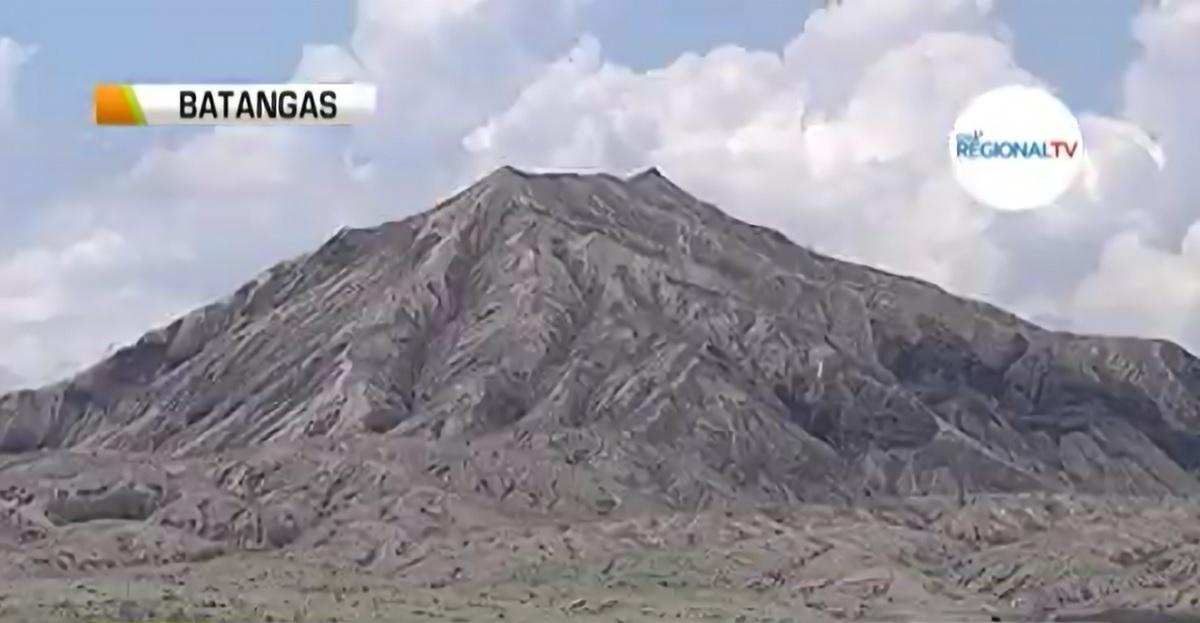Minor phreatic eruption recorded over Taal Volcano — PHIVOLCS

LOOK: A minor phreatic eruption from Taal Volcano Island's Main Crater at 1:59 AM today, 25 September 2024, was captured by the thermal camera of the Daang Kastila Observation Station (VTDK). Locally called as "pusngat," the event produced a 600-meter-high eruption plume that… pic.twitter.com/s9ViXQxoVF
— PHIVOLCS-DOST (@phivolcs_dost) September 25, 2024
Taal Volcano in Batangas had a minor phreatic eruption early Wednesday morning, according to the Philippine Institute of Volcanology and Seismology (PHIVOLCS).
“A minor phreatic eruption from Taal Volcano Island's Main Crater at 1:59 AM today, 25 September 2024, was captured by the thermal camera of the Daang Kastila Observation Station (VTDK),” PHIVOLCS said.
“Locally called as ‘pusngat,’ the event produced a 600-meter-high eruption plume that drifted southwest,” it added.
In its bulletin on Wednesday, PHIVOLCS said 4,899 tons of sulfur dioxide gas were emitted from the volcano on Monday and an upwelling of hot volcanic fluids were also observed in its Main Crater Lake.
#TaalVolcano pic.twitter.com/axmLC05YT2
— PHIVOLCS-DOST (@phivolcs_dost) September 25, 2024
Voluminous emission of plumes up to 1,800 meters tall were monitored from Taal Volcano, which drifted to the south-southwest and southwest directions.
A long-term deflation of the Taal Caldera as well as a short-term inflation of the general northern and southeastern flanks of the Taal Volcano Island were also observed.
Alert Level 1 is maintained over the volcano, which means the volcano is still in abnormal condition and should not be interpreted to have ceased unrest nor ceased the threat of eruptive activity.
The possible hazards under Alert Level 1 are sudden steam-driven or phreatic explosions, volcanic earthquakes, minor ashfall and lethal accumulations or expulsions of volcanic gas.
These hazards may threaten areas within the volcano island.
PHIVOLCS also warned the communities around Taal Caldera about potential long-term health impacts of frequent exposure to high concentrations of volcanic SO2.
The agency prohibited the entry into the Taal Volcano Island, permanent danger zone or PDZ, especially the vicinity of the Main Crater and the Daang Kastila fissure.
Local governments should monitor and assess preparedness of their communities and undertake appropriate response measures to mitigate the hazards, PHIVOLCS said.
Civil aviation authorities must advise pilots to avoid flying close to the volcano as airborne ash and ballistic fragments from sudden explosions and wind-remobilized ash may pose hazards to aircraft, PHIVOLCS said. — Joviland Rita/RSJ, GMA Integrated News





